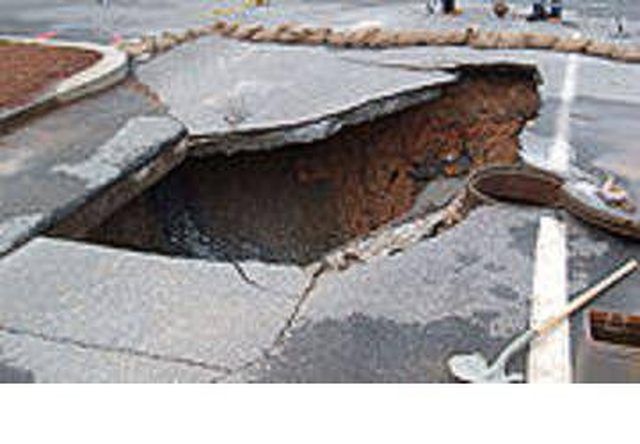Bulbs
Flower Basics
Flower Beds & Specialty Gardens
Flower Garden
Garden Furniture
Garden Gnomes
Garden Seeds
Garden Sheds
Garden Statues
Garden Tools & Supplies
Gardening Basics
Green & Organic
Groundcovers & Vines
Growing Annuals
Growing Basil
Growing Beans
Growing Berries
Growing Blueberries
Growing Cactus
Growing Corn
Growing Cotton
Growing Edibles
Growing Flowers
Growing Garlic
Growing Grapes
Growing Grass
Growing Herbs
Growing Jasmine
Growing Mint
Growing Mushrooms
Orchids
Growing Peanuts
Growing Perennials
Growing Plants
Growing Rosemary
Growing Roses
Growing Strawberries
Growing Sunflowers
Growing Thyme
Growing Tomatoes
Growing Tulips
Growing Vegetables
Herb Basics
Herb Garden
Indoor Growing
Landscaping Basics
Landscaping Patios
Landscaping Plants
Landscaping Shrubs
Landscaping Trees
Landscaping Walks & Pathways
Lawn Basics
Lawn Maintenance
Lawn Mowers
Lawn Ornaments
Lawn Planting
Lawn Tools
Outdoor Growing
Overall Landscape Planning
Pests, Weeds & Problems
Plant Basics
Rock Garden
Rose Garden
Shrubs
Soil
Specialty Gardens
Trees
Vegetable Garden
Yard Maintenance
How to Fix a Sinkhole in a Lawn
How to Fix a Sinkhole in a Lawn. Sinkholes are places where the ground has collapsed into an opening formed underground. Large sinkholes form by water dissolving a type of rock known as carbonate (limestone, dolomite) or evaporite (salt, gypsum). Smaller sinkholes can be formed by water draining through pavement and washing away soil underneath, or...
Sinkholes are places where the ground has collapsed into an opening formed underground. Large sinkholes form by water dissolving a type of rock known as carbonate (limestone, dolomite) or evaporite (salt, gypsum). Smaller sinkholes can be formed by water draining through pavement and washing away soil underneath, or the decay of a large tree stump that was not removed with a tree. Sinkholes can be a nuisance or a disaster, but they need to be fixed, because the potential is even worse than the problem at hand.

Things You'll Need
Shovels or backhoe
Trench forms
Rocks and gravel
Sand
Landscape cloth
Topsoil
Tree root removal equipment or chemicals
Water pipe repair equipment
Step 1
Find the cause of the sinkhole. If the ground has collapsed due to decaying old tree roots or subsoil being washed out by water running from a broken water pipe, or from a driveway or walk without the proper base material, you can probably fix the sinkhole by excavating the tree roots or tearing up the pavement and re-laying it with the proper gravel base, then filling the hole. If, however, your sinkhole is due to dissolving substrata rock, you'll need some professional help.
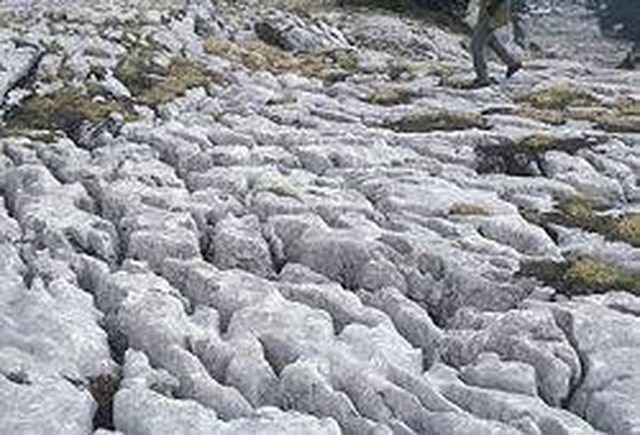
Step 2
Excavate the sinkhole. Dig clear down until you reach the sublayer of rock beneath the soil. If you have to dig deeper than a foot or two, you'll need a trench form to hold back the sides of the excavated area. If you reach a tree stump or broken water main, you're in luck; dig out the stump or repair the pipe, and fill the hole. If, however, you reach rock and find a hole or channel that you can look down, call the city or county--whoever deals with sinkholes in your jurisdiction--and consult them about continuing to dig.
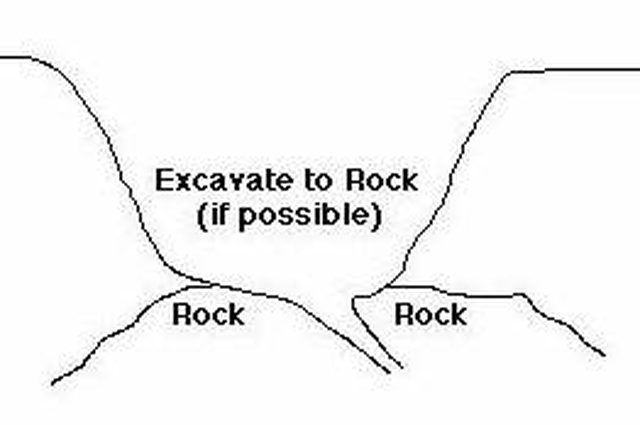
Step 3
Fill the void so no further erosion occurs once the sinkhole has been completely excavated. Start with a few large rocks across any holes and a thick layer of large 4- to 6-inch round rocks. Add a similar layer of smaller rocks. Finally, top the rocks with a layer of coarse gravel until the hole is filled just about to the level of the subsoil, the sandy level just below the dark topsoil.
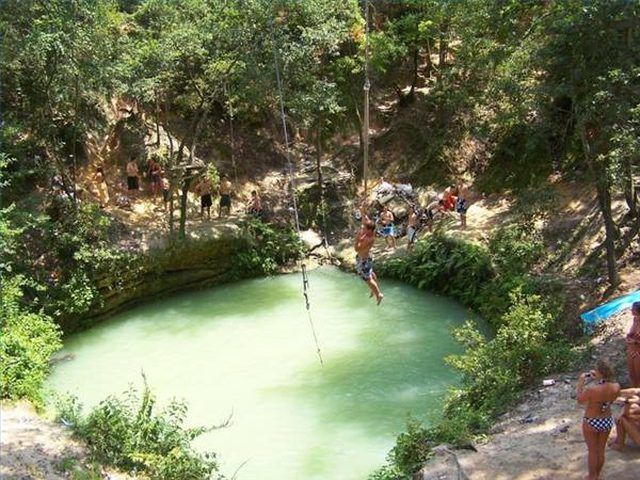
Step 4
Put down a layer of landscaping cloth over the gravel to keep the sand and soil from washing down through the rock layer, and fill to the top of the subsoil layer with sand. Tamp down the sand, and fill the remaining hole with topsoil. If you're using a trench form, pull it up as you fill the hole.
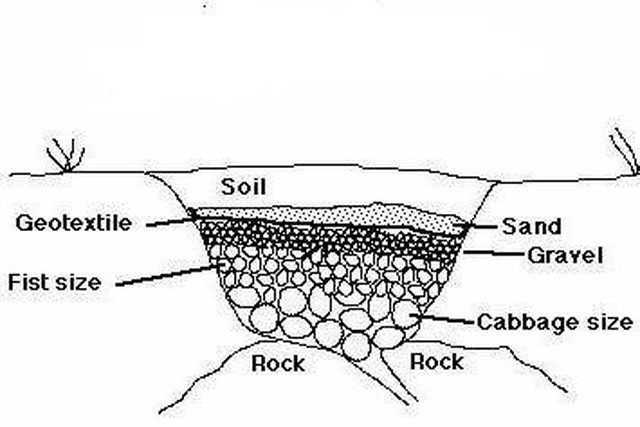
Step 5
Check the area for further sinking for a few days---the soil will settle a bit but should not settle to the level of the sand. Continue filling until the topsoil has settled and you can seed or sod the area. If the sinkhole opens again, consult a geologist or your municipal or county utility. You may have a larger problem than can be solved by a truckload of rock. If you live in "karst" areas---areas where subterranean rock is subject to erosion---let a professional check to make sure that your problem does not potentially endanger structures in the vicinity.
